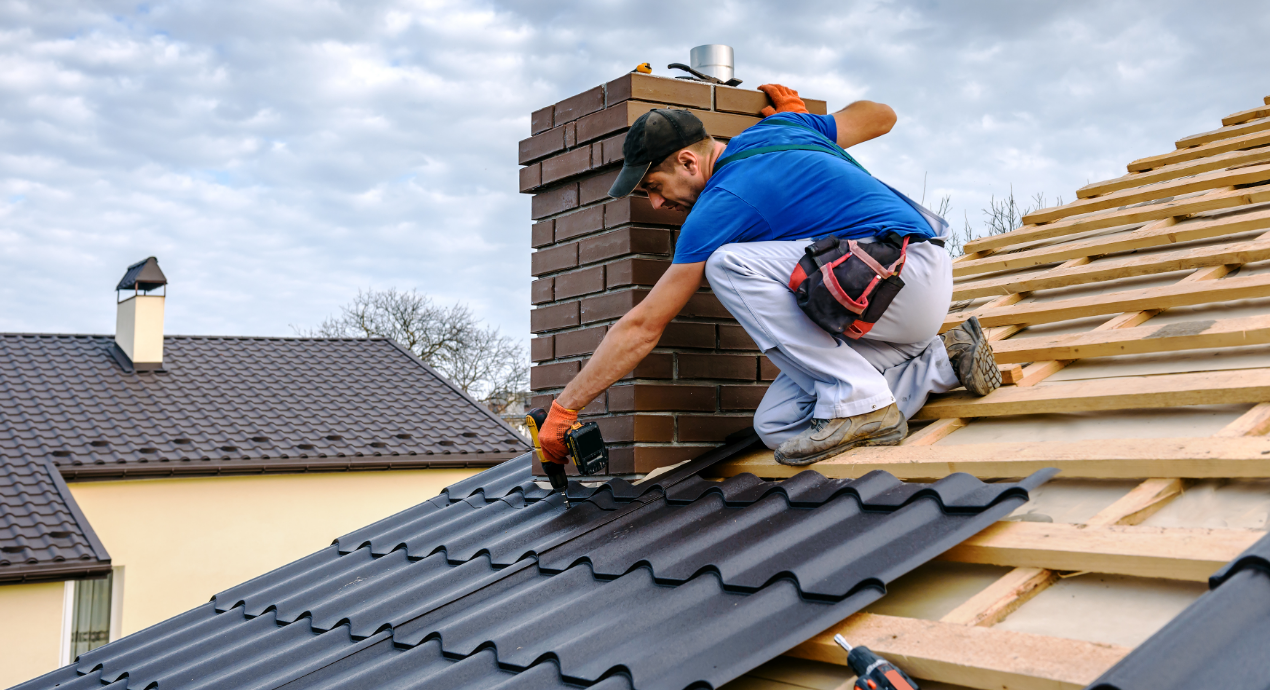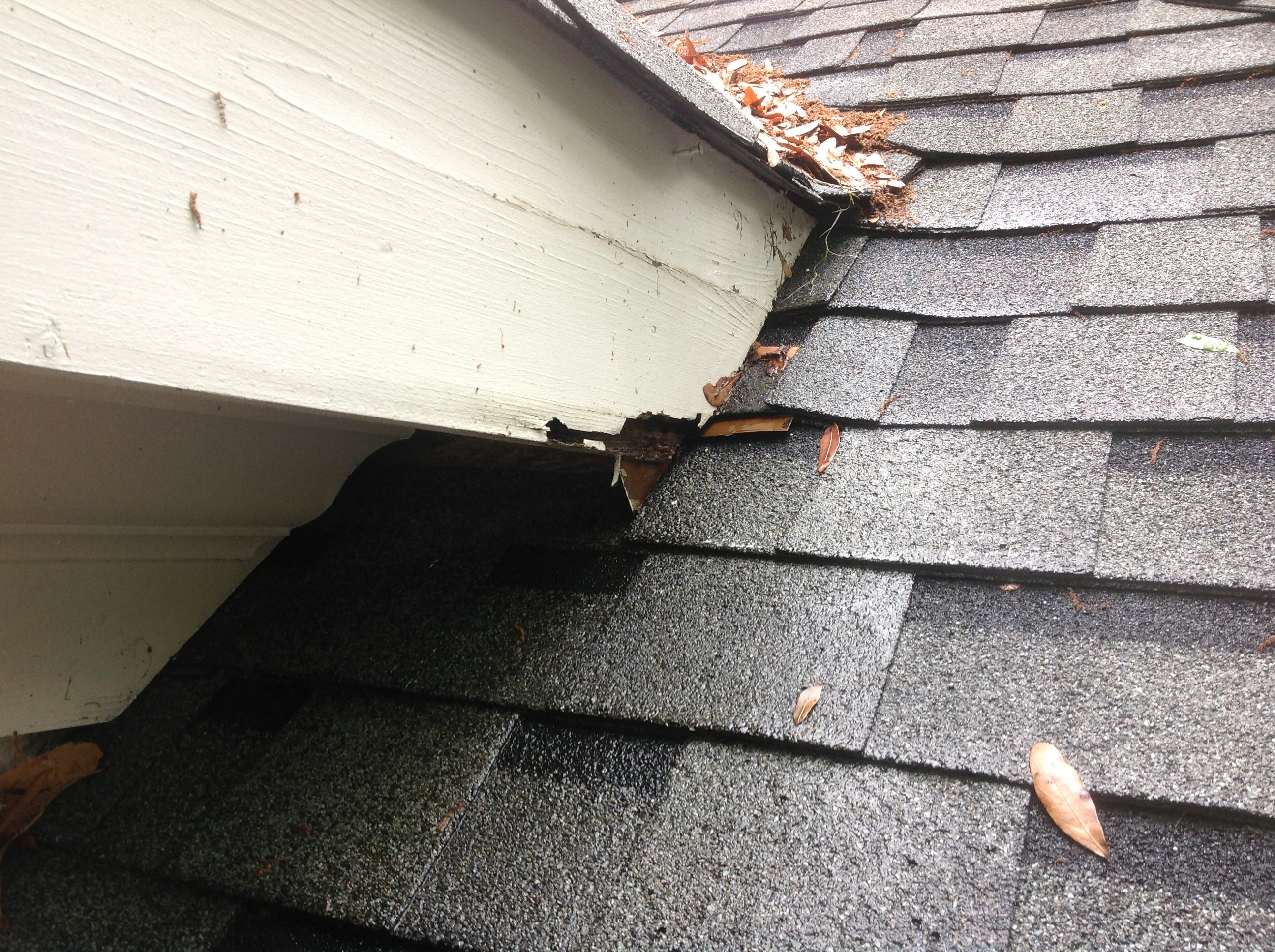Roofers Oahu: Knowledgeable Contractors for Roof Installations and Repairs
Comprehending the Different Sorts Of Roofings: A Comprehensive Guide for Homeowners
In the world of homeownership, choosing the appropriate roofing design is a decision that carries considerable ramifications for both functionality and aesthetic charm. With a range of choices-- ranging from the typical gable to the modern flat-- each type provides unique advantages and obstacles that should line up with the home owner's environmental factors to consider and particular needs. Understanding these differences not just help in making an enlightened choice however additionally affects long-term maintenance and energy performance. As we discover the details of numerous roofing system kinds, it becomes apparent that a person size does not fit all; the right selection may shock you.
Saddleback Roof
Gable roofs, characterized by their triangular form, are amongst one of the most preferred roofing designs because of their simplicity and performance in losing water and snow. This design includes 2 sloping sides that satisfy at a ridge, permitting efficient drainage and decreasing the danger of water buildup. The high pitch typically connected with gable roofing systems boosts their capacity to deal with hefty rainfall, making them ideal for numerous environments.
Along with their functional benefits, gable roof coverings provide aesthetic versatility. They can be adjusted to various architectural styles, from standard to contemporary homes. The style can additionally accommodate extra attributes such as dormer home windows, which boost all-natural light and air flow in the attic area.
In addition, saddleback roofs give adequate space for insulation, contributing to energy performance. House owners can select from a range of roof covering materials, consisting of asphalt tiles, steel, and floor tiles, further improving personalization choices.
In spite of their benefits, saddleback roofs might need extra support in areas vulnerable to high winds or hefty snowfall. Generally, the gable roofing system continues to be a popular choice as a result of its mix of functionality, longevity, and visual appeal.
Apartment Roofs
Level roof coverings are typically acknowledged for their minimalist style and sensible applications, specifically in business and industrial setups (oahu roofing). These roofing systems include a almost horizontal or horizontal surface, which enables for very easy building and construction and versatile space application. While they might lack the aesthetic allure of angled roofs, flat roofs provide countless advantages, especially in city settings where making best use of area is crucial
One of the primary benefits of flat roofing systems is their access. Property owners can utilize the roof area for different purposes, such as roof gardens, terraces, or solar panel installations. Furthermore, flat roofings are typically more cost-effective to install and maintain contrasted to their sloped counterparts, as they need fewer materials and labor.
However, level roofs do present specific challenges. Appropriate water drainage is necessary to protect against water pooling, which can bring about leakages and architectural damages. For this reason, selecting top quality waterproofing products and regular inspections are critical for ensuring durability. Usual materials used for flat roof coverings consist of built-up roof (BUR), customized asphalt, and single-ply membranes, each offering unique benefits. In general, level roofs act as a practical and versatile option for several house owners and companies alike.
Hip Roof Coverings
Hip roof coverings are defined by their sloped sides that assemble at the top, developing a ridge. This style is unique from gable roofs, as all four sides of a hip roof slope downwards towards the walls, providing an extra stable structure. The angle of the slopes can differ, permitting flexibility in building looks and functionality.
One of the main benefits of hip roofings is their capacity to endure hefty winds and negative climate problems. The sloped surfaces enable much better water drain, reducing the danger of leakages and water damage. Furthermore, hip roofs offer enhanced attic area, which can be made use of for storage space or perhaps exchanged comfortable locations.
However, building a hip roof covering can be a lot more complicated and costly than less complex roofing types, such as saddleback roofs. The added material and labor included in producing the inclines and making certain correct architectural integrity can cause greater expenditures. Despite these downsides, many homeowners favor hip roofing systems for their sturdiness, visual allure, and potential for power effectiveness.
Mansard Roofs
Mansard roofings, commonly recognized by their distinct four-sided style, attribute 2 slopes on each side, with the reduced incline being steeper than the top. This building design, originating from France in the 17th century, is not only visually attractive yet useful, as it makes best use of the functional room in the top floors of a building. The steep reduced incline permits more clearance, making it an ideal option for lofts or attics, which can be transformed into living areas.
Mansard roofing systems are identified by their flexibility, suiting different architectural designs, from typical to modern-day. They can be constructed with different products, consisting of asphalt roof shingles, slate, or steel, providing home owners with a series of options to match their spending plans and preferences. Additionally, the style enables for the assimilation of dormer home windows, improving natural light and air visit our website flow in the upper levels.
However, it is important to take into consideration the possible downsides. Mansard roofings might call for even more maintenance due to the intricacy of their layout, and their high slopes can be testing for snow and rainfall runoff. In general, mansard roof coverings integrate elegance with practicality, making them a popular selection among house owners looking for distinctive architectural attributes.
Dropped Roof Coverings
As house owners progressively look for simpleness and functionality in their architectural styles, lost roofs have become a popular option. Identified by a single sloping plane, a shed roof presents a minimalist visual that matches different visit the website home styles, from contemporary to rustic.
Among the key benefits of a shed roofing is its uncomplicated building, which often equates to reduce labor and material costs. This style enables effective water drainage, reducing the risk of leakages and water damages. Additionally, the upright incline provides enough area for skylights, boosting all-natural light within the interior.
Shed roofing systems additionally use flexibility in terms of usage. They can be properly incorporated right into enhancements, garages, or outdoor frameworks like pavilions and sheds. Moreover, this roofing style can accommodate different roof covering materials, including steel, asphalt tiles, or also green roofing systems, aligning with environmentally friendly initiatives.
Nonetheless, it is vital to take into consideration regional environment conditions, as heavy snow tons may require changes to the roofing's angle or structure. On the whole, shed roofings present a sensible and aesthetically pleasing choice for house owners looking to take full advantage of capability without compromising style.
Final Thought


Gable roofs, identified by their triangular form, are amongst the most prominent roofing styles due to their simplicity and effectiveness in shedding water and snow. oahu roofing. The high pitch commonly associated with gable roofs enhances their ability to deal with heavy rainfall, making them appropriate for different environments
While they might do not have the aesthetic charm of pitched roofings, level roofs supply numerous benefits, specifically in urban settings where maximizing area is essential.
